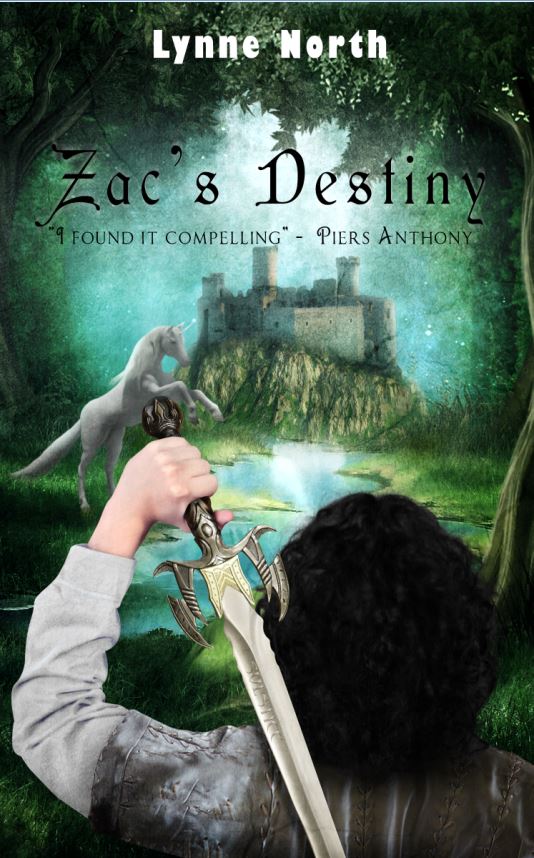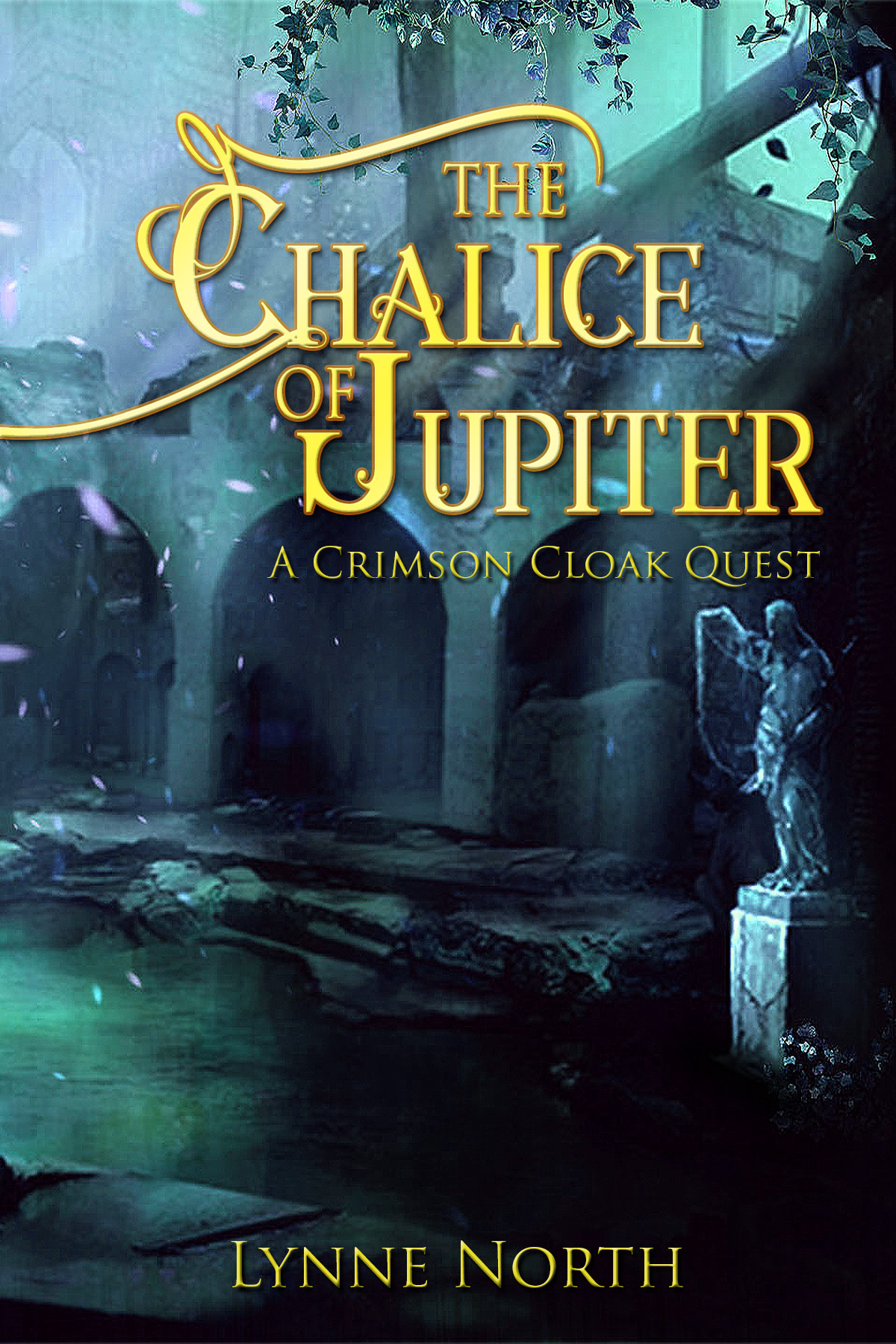Monthly Archives: April 2011
EASTER LORE
Easter is called a moveable feast because the date changes every year. Easter Sunday can fall on any date from 22 March to 25 April. The reason for this variation in the date of Easter is based on the lunar calendar (moon) rather than our more well-known solar one. Easter always falls on the first Sunday following the full Moon after the 21st March.
Symbolism has always played an important part in festivals and celebrations, and Easter is no exception to this rule. Before Christianity replaced pagan festivals with its own, the fourth month of the Anglo-Saxon year was said to have been named after Eostre, the Goddess of Spring. Her festival was a celebration of fertility and rebirth. Eostre was seen to give life to the world, and many of the rituals observed were associated with renewal. The sacred beast of the Goddess was the hare, a prolific breeder who came to be associated in myth with the laying of eggs in the fields at Easter. The Goddesses name has come to label the Christian Spring festival of Easter, and her symbol, the hare, has survived in the laughable guise of the Easter Bunny. Eostre’s primary symbols were the eggs, signs of fertility and new life. It comes as no surprise therefore that the egg is associated with many aspects of Spring and Easter.
Eostre’s eggs have now given way to the dyed, decorated and chocolate eggs that we all know to be a part of the Easter celebrations. It is believed the practice of decorating eggs spread to Europe from the Middle Eastern Spring festivals during the time of the Crusades. Eggs were dyed and decorated earlier by the Ancient Egyptians and Persians who began the tradition of exchanging them with friends, as did the Greeks and Romans later. It was in Mesopotamia however that Christians first gave eggs to friends at Easter to remind them of Christ’s resurrection. The church adopted this practice, and it became customary to give decorated eggs to friends and servants at the end of Lent on Easter Sunday.
Most Easter traditions can be traced back to pagan traditions, including the wearing of new clothes, and Spring cleaning. Easter was seen as a time of renewal, and the Easter festivals were chosen as the time to shed the old and don the new.
Even the eating of hot cross buns on Good Friday originated long before Christianity. In pagan times, the bun represented the moon, and the cross was used to divide it into the Moon’s four quarters, or phases. For Christians, the cross serves as a reminder of the crucifixion of Jesus.
For all those who adhere to the Christian meanings of Easter, Good Friday recalls Jesus’ death on the cross. The origin of the word “good” has been lost, though some claim it is a corruption of the word ‘God’ and that the early Christians called this day ‘God’s Friday.’ Others claim ‘good’ refers to the blessings of humanity that arose as a result of Jesus’ execution.
Easter Sunday commemorates Jesus’ resurrection. In the early church, converts were baptized into church membership on this day after long periods of instruction. This tradition continues today in some churches.
Whatever you believe about the origins of Easter, enjoy the long weekend, and don’t eat too many eggs!
TAURUS
As the second sign of the zodiac, Taurus represents the second stage in the evolution of man and his place in the universe. The first thing man uses are his physical senses. What he can see, touch, and physically hold represents the reality of his position. It is why the celestial heritage of Taureans is to conserve physical resources and possessively cling to people whom they regard as their own. Their strongest desire is for personal security. Broken promises or the betrayal of others are threats to this security. Their reaction to such personal affronts is likely to be bitter, and those who inflict such abuses will not be given another chance. Disappointed Taureans can behave in a manner totally against their own best interests. They may completely retreat from the world, or, go in the opposite direction and become promiscuous. Whatever direction is taken, they may end up sacrificing the meaningful, enduring relationships they really need to feel emotionally secure.
Taureans are stubborn and impervious to changes not of their own making. However, they are able to accomplish things in life because of their tenacity in sticking to projects in which others may have long since lost patience or stamina. The astrological symbol for Taurus is the Bull and indeed, the stubborn bull-headed nature of the Taurean personality can be extremely formidable to those who have the unfortunate experience of coming up against it. On the positive side, their quiet strength and determination inspires others to trust them. Because they dislike being unable to rely on others, they are usually very dependable themselves. Taureans are loving and patient when trying to accomplish what they think is worthwhile and when dealing with people they care about. As a rule, they do not enjoy surprises or spontaneous changes. They are far more comfortable when given sufficient time to prepare for things and allowed to follow their planned agenda.
Taureans react to what they experience by assessing its possible worth. That is, before they take physical action, before they sort out their emotional involvement, and before they reason it out intellectually, they ascertain what tangible advantages are to be gained from the experience. What appears too abstract or vague fails to attract more than their passing interest. They need a definite purpose in what they do and in relationships they form. Because they don’t want to be unnecessarily burdened, they willingly rid themselves of worn out items, but only if they cannot find any other way to make use of them.
Venus, planet of beauty and pleasure, rules Taurus, which means that by nature, people born with Sun in Taurus are tactile and sensuous, seekers of personal comfort and physical pleasure. By design however, they are pragmatic with an appreciative eye for both monetary value as well as aesthetic beauty. They are lovers of nature and natural things. Their harmony in life is tied to reality and the material world, but sometimes they get carried away with personal acquisitions. When they go too far a field they tend to either accumulate wealth and never use it, or recklessly squander it without improving the quality or enjoyment of their lives. As a result of their addiction to personal pleasure and comfort, Taureans can be very lazy as well as very vulnerable to the unpleasant consequences that invariably result from overindulging in rich food and other physical pleasures. Their natural cautiousness saves them from making mistakes, but it can also prevent them from taking advantage of valuable opportunities.
As a rule, Taureans are physically strong and solidly built. Even those who are not overweight may be physically denser per pound of body weight. Many of them favour weight lifting or other body-building routines as a way to keep in shape. They enjoy participating in sports that require strength and endurance. They usually like to potter around the garden, and readily engage in other outdoor activities such as picnics, hikes, and trips to botanical gardens or a zoo. They love music and art and may have considerable talent in these areas. They often have a pleasant speaking or singing voice. Though Taureans tend to be rather subdued, they have a lively sense of humour, and enjoy socialising.
Taurus colours are brown, russet, and turquoise. Vulnerable parts of the body are the neck, throat, shoulders, and upper torso. Stiff necks, sore throats, and earaches are common Taurean complaints. The emerald, a variety of the mineral beryl and as costly as a diamond, is the Taurus birthstone. The emerald’s rich green colour is suitably Taurean since it is the colour of money, green pastures, and serenity. The emerald has a six-sided geometric form. Six is the number assigned to Venus which in turn, is the planetary ruler of Taurus. Flowers for Taurus are the rose (red), daisy, lily, and daffodil.
The Origins of Mother’s Day
As with most of our celebrations, Mother’s Day can be traced back to Greek and Roman times. The Greeks used their annual spring festival to honour Rhea, the wife of Cronus and the mother of many heroes of Greek myth. The Roman Spring festival of Hilaria was held to celebrate Cybele, a mother goddess. Offerings, games and parades began on the Ides of March and lasted for three days. Those Romans knew how to celebrate…
In early Christianity, the fourth Sunday of Lent was chosen to honour the Mother of Christ, and in England this celebration was soon extended to celebrate all mothers and renamed ‘Mothering Sunday.’ Servants, apprentices and others who worked away from home were encouraged by their employers to go home to see their mothers on this day, taking small gifts with them.
Strangely, the custom of celebrating Mother’s Day almost died out altogether in the 19th Century, but after World War II American servicemen brought back the custom to our shores, and it was soon seen as a good business enterprise to follow.
Mother’s Day today is celebrated in many countries, and is seen as the opportunity to thank mothers for their love and support throughout the year. The tradition involves bringing cards, gifts and flowers, and has become much commercialised.
What needs to be remembered is that mothers are there every day, not just on Mothering Sunday. They are the world’s very special people, and deserve love and appreciation every day they spend in our lives.











